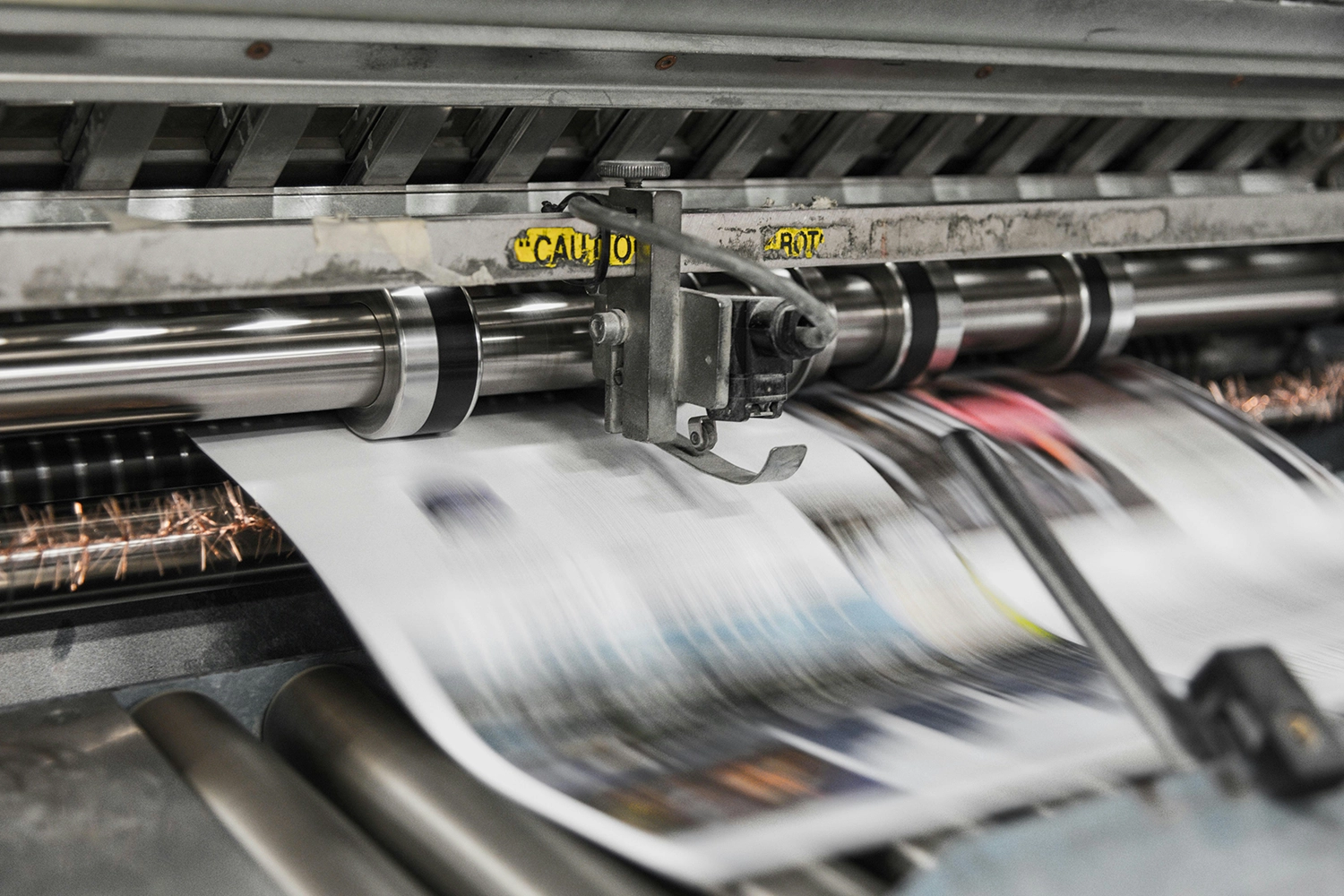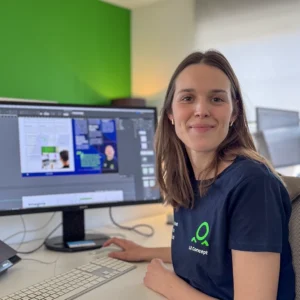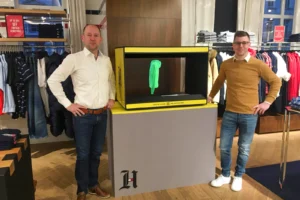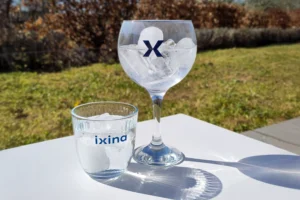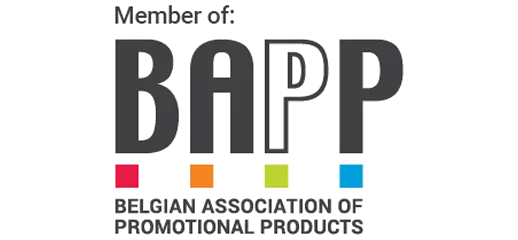As a design agency, we know that the journey from digital concept to tangible creation is where the real work begins. The choice of printing technique can make a huge difference in how a design is experienced, felt, and remembered.
Whether it’s business cards, product packaging, or large format posters, each printing technique has its own benefits, limitations, and ideal applications.
Here’s an overview of the most popular printing techniques, how they work, and where they excel:
1. Offset
Ideal for: High volumes (books, magazines, brochures)
Offset printing, or “offset printing,” is one of the most commonly used printing methods, especially for large print runs. In this process, ink is transferred from a plate to a rubber blanket and then onto paper or other surfaces. Offset printing is known for its high quality and consistent colours with fine details.
- Benefits: High image quality, fast for large print runs, excellent colour fidelity
- Drawbacks: Less suitable for small print runs, higher setup costs
- Ideal applications: Newspapers, magazines, brochures, and all types of large print runs
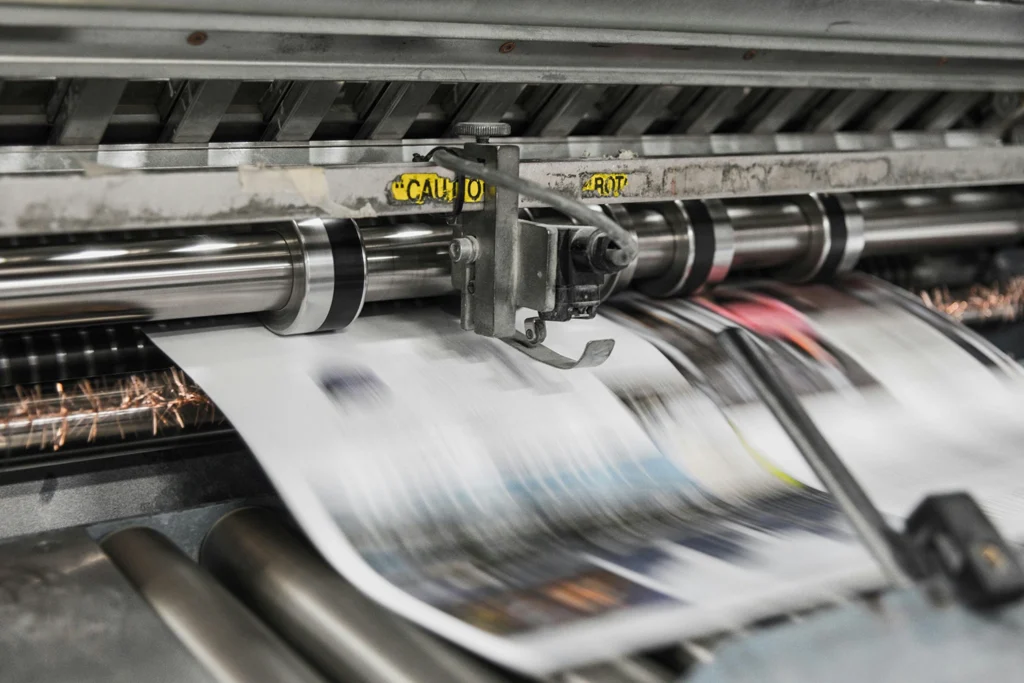
2. Digital printing
Ideal for: Small to medium print runs (business cards, posters, personalised products)
Digital printing has transformed the industry by eliminating the need for plates, as in offset printing. Instead, the digital file is sent directly to the printer. Digital printing is ideal for projects with short turnaround times or customised designs, as no extensive setup is required.
- Benefits: Quick setup, affordable for small print runs, ideal for customisation
- Drawbacks: Slightly lower image quality for very large print runs, limited paper options
- Ideal applications: Short print runs of brochures, business cards, posters, personalised or variable data printing

3. Screen printing
Ideal for: Textiles, promotional items, and special surfaces
Screen printing is a versatile technique that can be used on anything from T-shirts to posters. In this process, ink is pushed through a stencil onto the desired material. A separate screen is needed for each colour in the design, which makes it more time-consuming for designs with multiple colours. However, it is ideal for bold, high-contrast designs.
- Benefits: Durable results, vibrant colours, suitable for various materials (paper, textiles, glass)
- Drawbacks: More expensive for complex designs, slower for large print runs
- Ideal applications: Clothing, posters, promotional items, signs
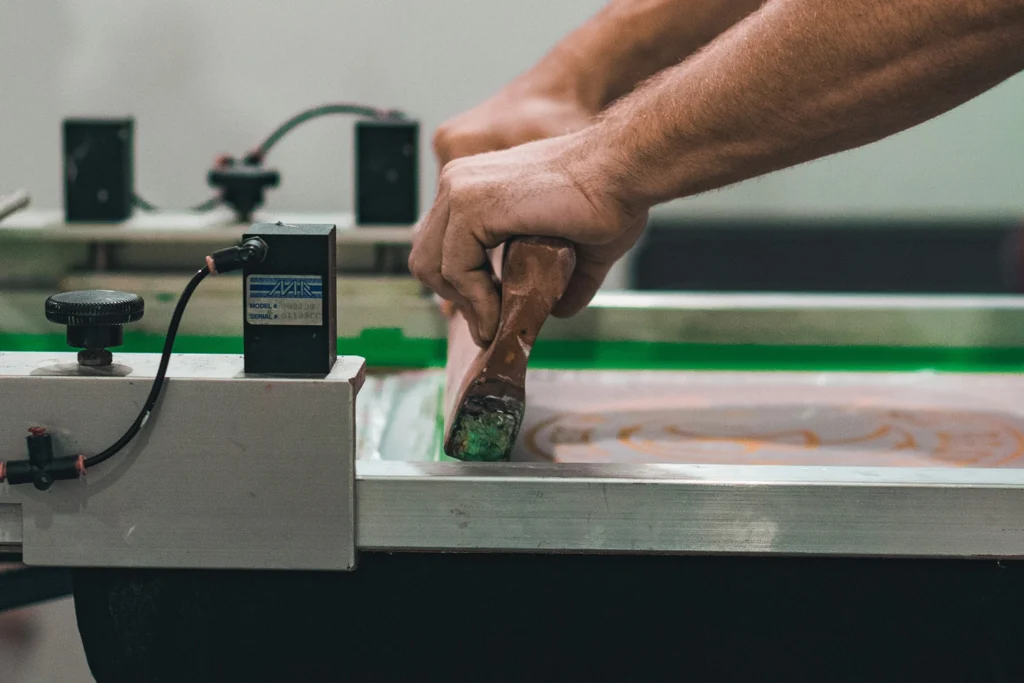
4. Flexographic printing
Ideal for: Packaging and continuous patterns (food packaging, labels, wallpaper)
Flexographic printing, also known as “flexography,” is a type of rotary printing that uses flexible plates to transfer ink onto various surfaces. Flexo is known for its adaptability and can print on materials such as plastic, metal, and foil, making it ideal for packaging. This technique is perfect for fast, large print runs on a variety of materials.
- Benefits: Fast and cost-effective for large print runs, suitable for various materials
- Drawbacks: Less detail than offset, expensive for small print runs
- Ideal applications: Packaging, labels, wallpaper, plastic bags
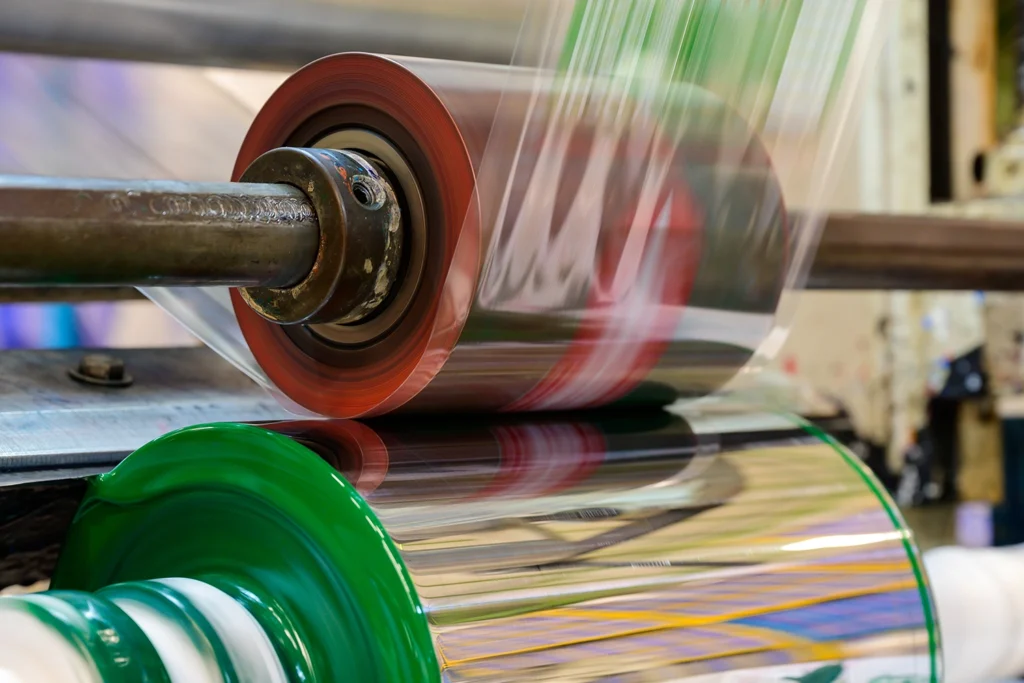
5. Pad printing
Ideal for: Complex shapes and uneven surfaces (pens, electronics, small promotional items)
Pad printing, also known as “tampon printing,” is a specialised printing technique that allows ink to be transferred onto irregular, curved, or rough surfaces. In this process, the ink is absorbed by a silicone pad and then transferred onto the material. Thanks to the flexible silicone pad, pad printing is ideal for surfaces that other methods are not suitable for.
- Benefits: Suitable for complex and curved surfaces, precise placement
- Drawbacks: Less suitable for large print runs or flat surfaces, limited colour options
- Ideal applications: Pens, computer mice, watches, electronics, and other products with a uniquely shaped surface
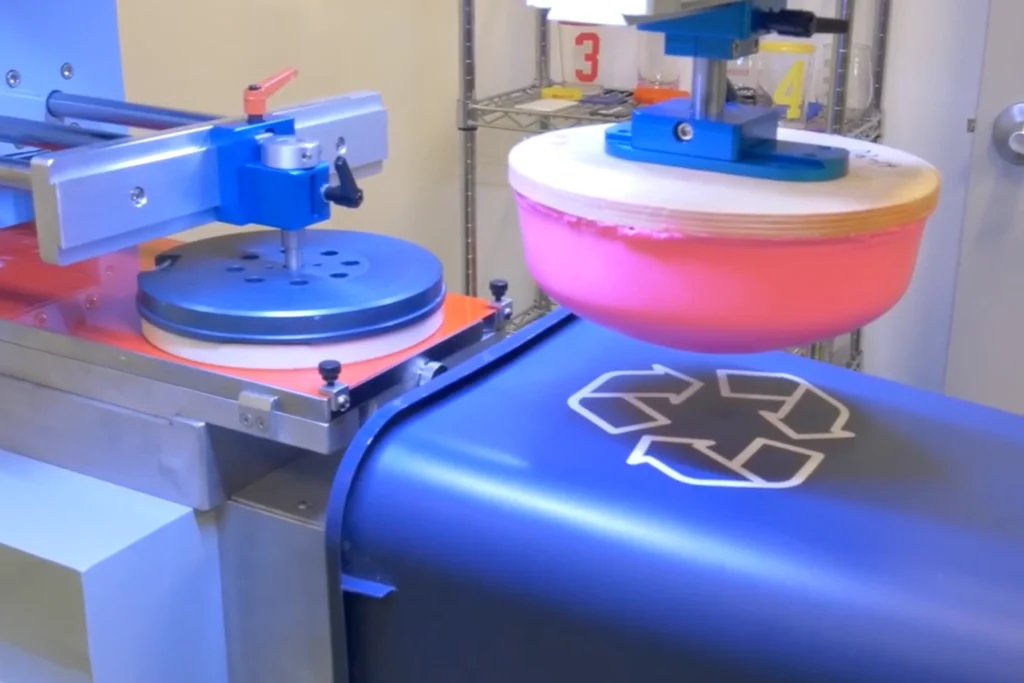
6. Gravure (Intaglio)
Ideal for: Luxury, tactile designs (business cards, wedding invitations)
One of the oldest printing techniques, letterpress works by pressing inked plates onto paper, leaving a unique impression. This method provides a distinctive, tactile experience and is often used for luxury printed materials such as invitations, business cards, and other special items.
- Benefits: Provides a tactile, high-quality appearance, highly customisable
- Drawbacks: Higher costs, limited to simple designs, longer production times
- Ideal applications: Invitations, business cards, artisanal prints
7. Letterpress Printing (Book printing)
Ideal for: Luxury, tactile designs (business cards, wedding invitations)
One of the oldest printing techniques, letterpress works by pressing inked plates onto paper, leaving a unique impression. This method provides a distinctive, tactile experience and is often used for luxury printed materials such as invitations, business cards, and other special items.
- Benefits: Provides a tactile, high-quality appearance, highly customisable
- Drawbacks: Higher costs, limited to simple designs, longer production times
- Ideal applications: Invitations, business cards, artisanal prints
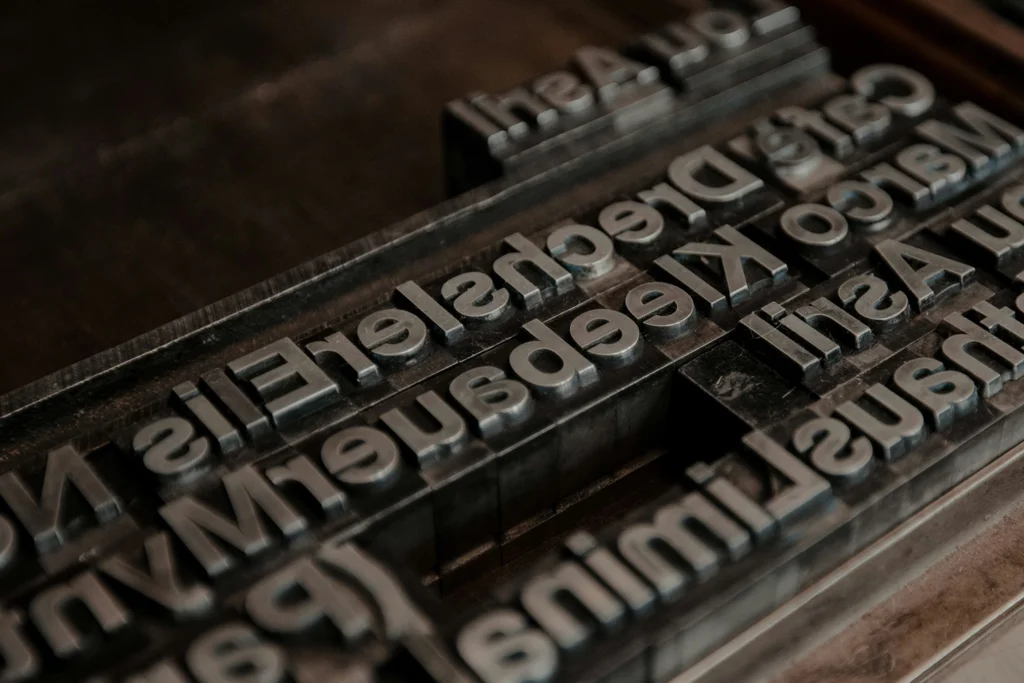
Feeling inspired or have a question?
Don’t hesitate to send us a message
– we’re here to help!
Choosing the Right Printing Technique
Choosing the right printing method depends on a few key factors:
- Quantity: For large print runs, techniques such as offset or flexographic printing are cost-effective. For short runs or highly customised projects, digital printing or letterpress may be the best choice.
- Material: Some methods (e.g., screen printing and flexographic printing) are more versatile and can print on textiles, plastic, or even glass, while others are limited to paper and cardboard.
- Quality and Detail: For detailed images and vibrant colours, gravure and offset are the best choices. For an artisanal look, letterpress provides a unique touch.
- Budget: Setup costs can vary significantly. While digital printing is cost-effective for smaller quantities, techniques such as gravure and offset are better for large-scale prints.
Enhance the Impact of Your Designs
with the Right Technique
At our agency, we understand that the printing technique is just as important as the design itself.
The right technique can enhance the impact of a design, provide a premium tactile experience, and align with the brand message and audience expectations. Considering a printing project and need help choosing the perfect technique? Our team of designers is ready to bring your vision to life. We’ll guide you through the best options for your project and ensure the final result leaves a lasting impression.
Ready to start your next printing project?
Contact us to discuss how we can bring your ideas to life.
